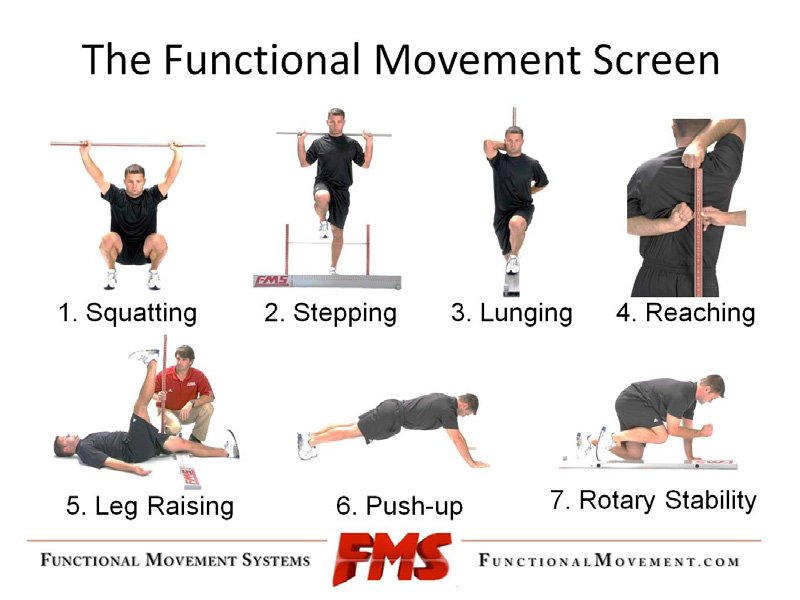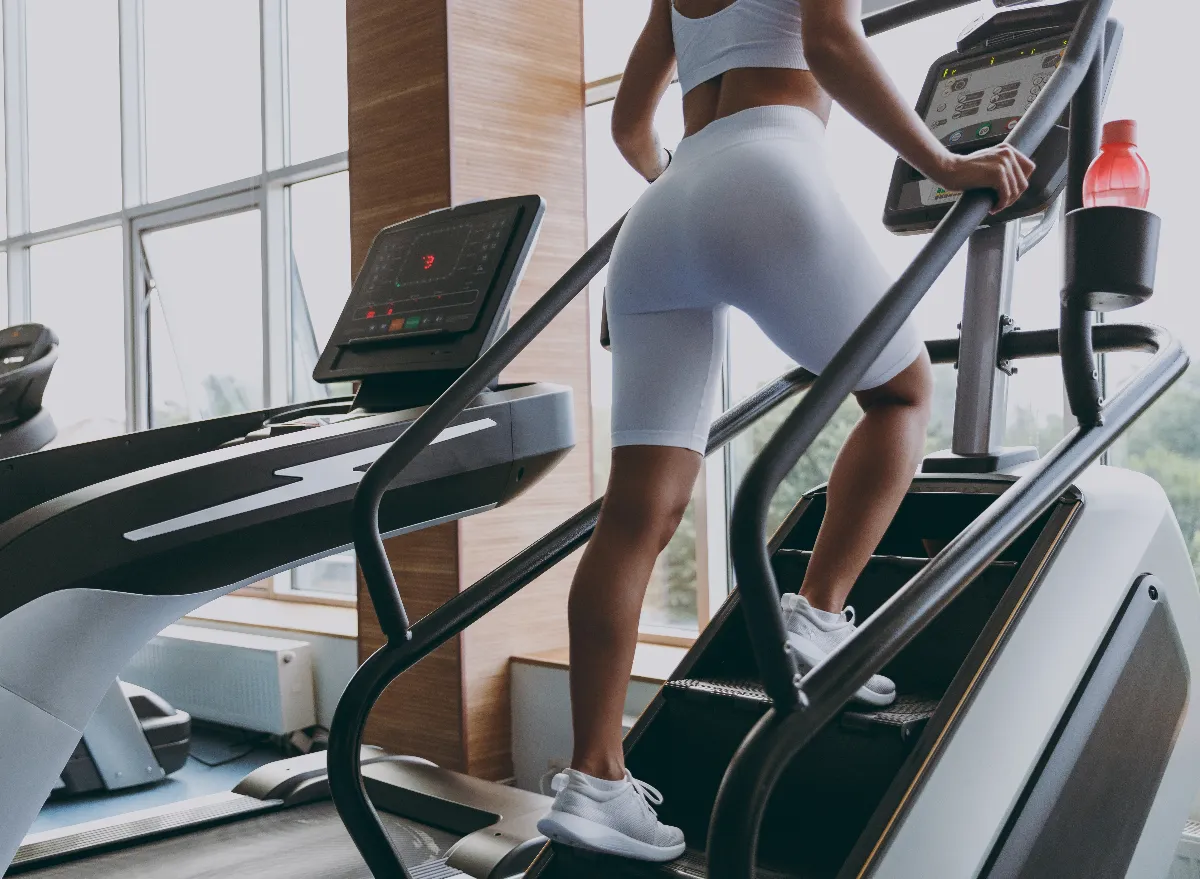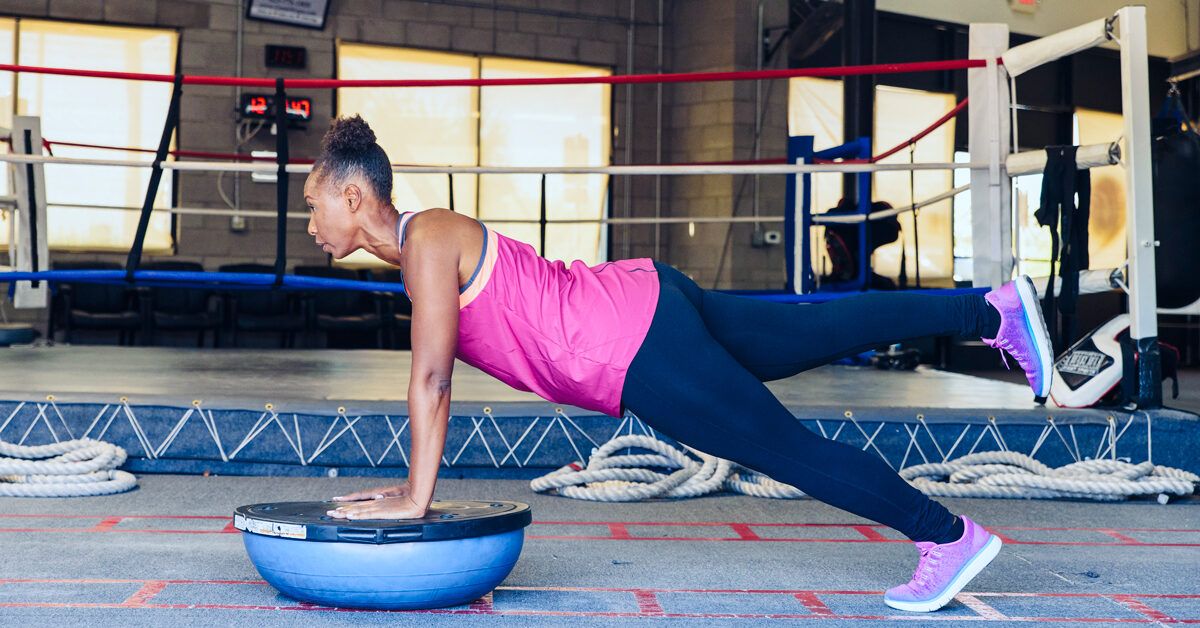Longevity Training: Exercising Not Just for Muscles, But for Decades Ahead
Contact partnership@freebeat.ai for guest post/link insertion opportunities.
Fitness Beyond the Mirror
When I first started training, I thought exercise was all about looking leaner and lifting heavier. Like many people, I chased visible progress such as toned arms, faster runs, better numbers. But over time, my priorities shifted. I realized that true fitness isn’t just about muscles; it’s about the body’s ability to stay functional and resilient for decades to come.
That realization led me to discover longevity training which a holistic approach that focuses not only on physical performance but on preserving your mobility, strength, and quality of life as you age. It’s the kind of fitness that builds not just biceps, but a body prepared for the long game.
1. The Science of Longevity Training
Longevity training blends elements of strength, balance, mobility, and cardiovascular endurance to optimize the body for lifelong movement. Instead of pushing for peak performance, it emphasizes sustainable performance.
According to the National Institute on Aging, regular physical activity is one of the most effective ways to prevent or delay many age-related diseases including heart disease, diabetes, osteoporosis, and cognitive decline. In fact, studies from the Mayo Clinic show that consistent functional exercise can reduce the risk of premature death by up to 30%.
Longevity training isn’t a special program. It’s a mindset of training smarter today so your body can thank you tomorrow.
2. Functional Fitness
Functional training lies at the heart of longevity. It prepares the body for everyday activities like carrying groceries, climbing stairs, lifting luggage, or simply standing from a chair without pain.
Unlike isolated workouts that target a single muscle group, functional movements such as squats, lunges, and push-ups activate multiple joints and muscles at once, mimicking how your body naturally moves.
The American Council on Exercise reports that functional training enhances neuromuscular coordination, balance, and core stability, reducing the risk of falls and injuries later in life. In older adults, it can even reverse frailty by improving muscle power and confidence in movement.
From personal experience, I found that adding kettlebell deadlifts, farmer’s carries, and single-leg balance drills not only improved my athletic performance but made everyday activities like hiking or carrying my backpack feel easier.

3. Bone Density: Framework of Longevity
Our bones are living tissue that adapt to stress. After age 30, bone density naturally starts to decline, increasing the risk of osteoporosis, especially for women.
However, weight-bearing exercises such as resistance training, squats, and stair climbing can stimulate bone growth and strengthen the skeletal system. According to Harvard Medical School, lifting weights two to three times a week improves bone mineral density and decreases the rate of age-related bone loss.
For me, this was eye-opening. I used to think that cardio was enough for longevity. But once I started incorporating progressive strength training, my posture improved tremendously and my knees hurt less allowing me to feel sturdier on my feet.

4. Mobility: The Unsung Hero of Healthy Aging
Mobility often gets overshadowed by strength and endurance, but it’s the foundation of lifelong movement. Without healthy joints, every activity becomes harder.
According to the Arthritis Foundation, regular mobility exercises improve joint lubrication and flexibility, helping to maintain a full range of motion. This reduces the risk of stiffness and injury, especially as we age.
In my own training, dedicating 10 minutes a day to hip and shoulder mobility drills has been transformative. Movements like “world’s greatest stretch,” controlled articular rotations, and yoga-inspired flows helped me feel more agile and pain-free even after long work hours!

5. Balance: The Overlooked Stability Factor
Balance is one of the first physical abilities to decline with age, but it’s also one of the easiest to train. Falls are a leading cause of injury among older adults, but research from the Centers for Disease Control and Prevention shows that consistent balance and strength training can cut fall risk by nearly 40%.
Simple exercises like single-leg stands, heel-to-toe walks, and yoga poses like “Tree” or “Warrior III” engage stabilizing muscles and train the brain-body connection.
Even younger athletes benefit: balance work sharpens coordination, strengthens the core, and enhances overall movement efficiency. I noticed how my balance practice improved my cycling posture and reduced fatigue during workouts.

6. Cardiovascular Health and Longevity
While strength and mobility build the framework, your heart is the engine that keeps everything running. Cardiovascular training, whether through walking, cycling, swimming, or interval workouts helps to improve circulation, lowers blood pressure, and boosts endurance.
The World Health Organization recommends at least 150 minutes of moderate aerobic activity per week, or 75 minutes of vigorous activity. Long-term studies published in the Journal of the American College of Cardiology have shown that consistent aerobic training can add up to five years to life expectancy.
What’s fascinating is that longevity training often favors zone 2 cardio — steady-state exercise at a moderate effort that enhances mitochondrial efficiency and fat metabolism without placing excessive stress on the body.
7. Mind-Body Connection: Longevity Starts from Within
Longevity training doesn’t just shape the body; it reshapes the mind. Mindful movement practices such as yoga, Pilates, or tai chi enhance mental clarity, reduce stress hormones, and foster a deeper awareness of how your body feels.
The Harvard Health Publishing journal emphasizes that combining physical and mental training reduces the risk of cognitive decline, anxiety, and depression. Even five minutes of mindful breathing before or after workouts can recalibrate your nervous system.
Personally, adding breathwork and gratitude reflections after my training sessions gave me a renewed sense of calm. Exercise became less of a chore and more of a daily ritual of self-care.

8. Longevity as a Lifestyle, Not a Phase
The real beauty of longevity training lies in its sustainability. It’s not about perfection or pushing limits; it’s about consistency and adaptability. Your fitness routine evolves as your life does.
Building habits like daily movement, good nutrition, adequate sleep, and recovery are just as crucial as the workouts themselves. Research from the Blue Zones Project, which studies the world’s longest-living communities, reveals that regular low-intensity movement, social connection, and stress reduction are key predictors of long, healthy lives.
As someone who once viewed fitness as a sprint, I now see it as a lifelong marathon and longevity training is the map that guides the way.
Conclusion: Training for a Future You’ll Thank Yourself For
Longevity training is about honoring your future self. It’s about training so you can still travel, hike, dance, or play with your grandchildren decades from now. It’s science-backed, adaptable, and deeply empowering.
Whether you’re a young athlete or just starting your wellness journey, the best time to invest in longevity is now. Because the most rewarding transformation isn’t the one you see in the mirror, it’s the one that carries you through a lifetime of strength, movement, and vitality.






















 0% APR financing for 24-month payments.
0% APR financing for 24-month payments.